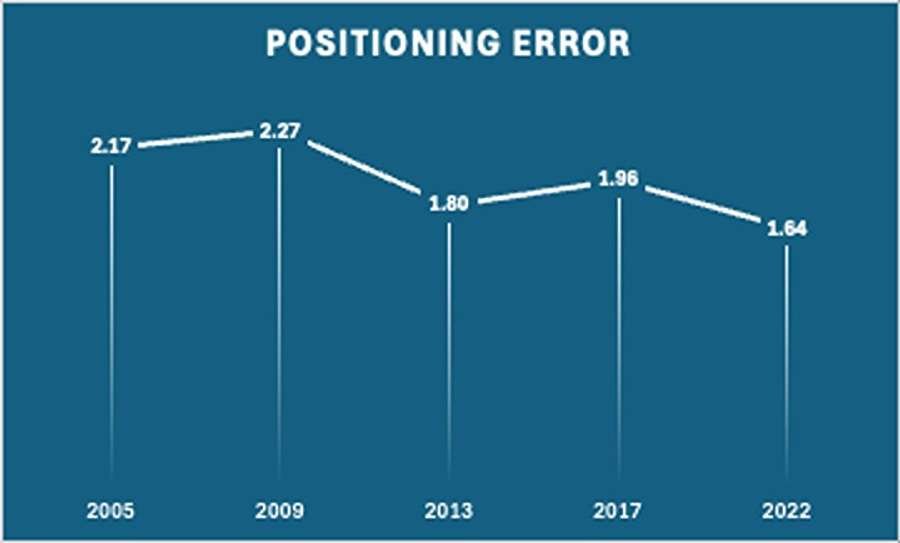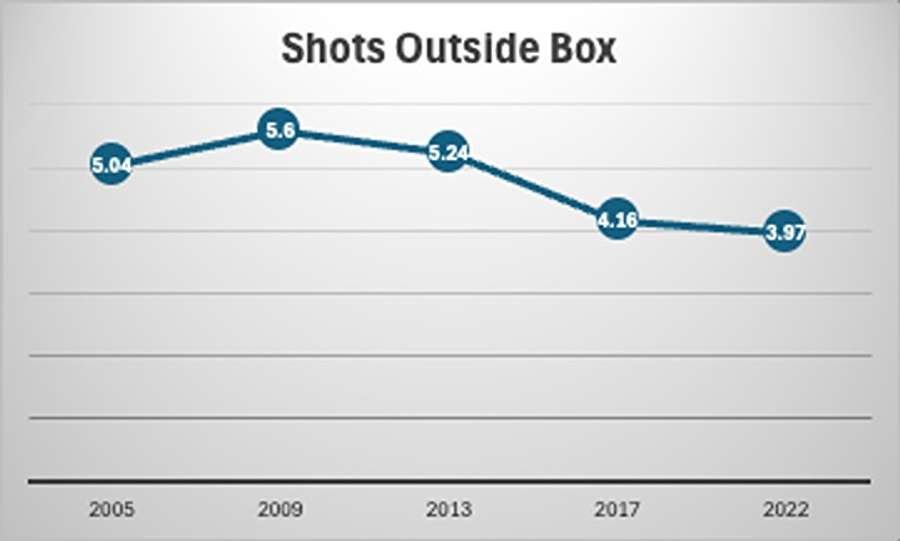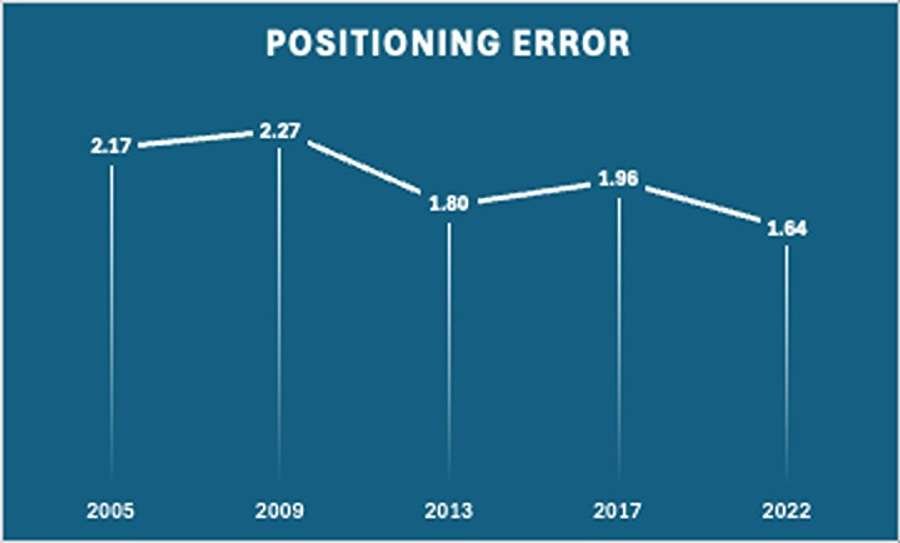As the Women’s EUROs progress, Flashscore has examined the significant advancements in goalkeeping within the women’s football sphere, which continue to reach remarkable heights.
The goalkeeper’s role in football is often subjected to heightened scrutiny. While an errant tackle, a missed opportunity on goal, or an inaccurate pass might influence a match indirectly, it is often the goalkeepers who bear the brunt of the blame, as their slip-ups frequently result in goals conceded.
In the women’s game, the emphasis on the crucial role of goalkeepers has been particularly pronounced.
“I’ve seen better keeping in Sunday League,” “they should use smaller goals,” – such remarks concerning female goalkeepers are frequently encountered across various social media platforms, even following phenomenal goals.
YouTube is overflowing with compilations of notable blunders, paired with critiques from self-proclaimed experts who often overlook the context surrounding a female goalkeeper’s major misstep.
Goalkeeping Errors Spark Controversy
Clearly identifiable goalkeeping blunders have repeatedly sparked discussions about the perceived inadequacy of female goalkeepers, often stemming from unfair comparisons.
This was particularly evident two years ago during the FIFA Women’s World Cup, when South Africa’s Kaylin Swart allowed a soft shot from Lineth Beerensteyn of the Netherlands to slip between her arms into the net, igniting a wave of criticism throughout the stadium.
Goalkeeping has frequently been pointed to as the position that most starkly illustrates the differences between men’s and women’s football. However, it could be argued that this debate fails to acknowledge the relative youth of the professional women’s game, which has rapidly gained popularity.
Transition from Basic Shot-Stopping
Today’s women’s goalkeeping has evolved from simple shot-stopping to becoming an integral part of defensive strategy, with an increased emphasis on distribution, initiating counter-attacks, and managing game flow. Yet, according to former goalkeeper Martha Reyna, it has taken time for goalkeeping to align with the advancements seen in the broader women’s game, as it was largely overlooked in its earlier stages.
Currently, Reyna serves as a data analyst for women’s football with Hudl, a global leader in performance analysis technology that provides integrated software and hardware solutions to enhance training and scouting efforts at all competitive levels. She has dedicated her work to the progression of women goalkeepers.
“While I believe women’s goalkeeping has improved, perhaps not to the same extent as overall play. Historically, there was much greater focus on scoring rather than preventing goals, leading to the neglect of women’s goalkeeping, but now there’s a much greater acknowledgment of this facet,” Reyna explains.
The Role of Data Technology
This improvement is echoed by former Tottenham keeper, Cloe Morgan, in an interview with The Athletic. “If you were deemed the weakest or least talented player, you were put in goal — I lost count of the times I was told to get in goal because I would cause the least damage there.”
Martha Reyna, who will participate in a panel discussion with Izzy Christiansen and Flo Lloyd-Hughes in London on Tuesday, July 9th, in connection with England’s match against the Netherlands, highlights that access to data technology has significantly advanced women’s goalkeeping over the past ten years.
“While a component of goalkeeping will always rely on instinct, it is undeniable that increased access to data has fast-tracked the development of the women’s game. Nowadays, you can analyse almost everything: how scoring chances are created, set-pieces, penalties, or open play,” Reyna elaborates.
“You can effectively track how teams conduct their attacks, how they shape up for set pieces, and goalkeepers have data to indicate where penalty takers are likely to aim and their success rates. Therefore, technically, they are better equipped than ever before,” Reyna adds.
Statistics Demonstrate Key Developments
Reyna has gathered data from StatsBomb dating back to the Women’s EUROs of 2005, including a metric for positioning errors, which measures the average distance goalkeepers deviate from the optimal position for each shot faced. The findings reveal that positioning errors by female goalkeepers have declined over the history of the tournament, with the 2022 edition recording the lowest average.

Reyna’s analysis has also indicated a decline in the number of shots taken from outside the box, suggesting that goalkeepers today are far more effective at saving long-range attempts compared to previous years. Simultaneously, the increase in shots taken closer to goal highlights the greater challenges faced by goalkeepers today, with the quality of shots in the recent EUROs being the highest since 2009.


Statistics reveal a reduction in the average distance of goalkeepers’ passes over time, with the 2022 EUROs marking the shortest passing average to date. This trend demonstrates that goalkeepers are adopting a more proactive role in constructing play from the back, thereby alleviating pressure on the back line.

Emergence of Goalkeeper Coaches
A pivotal factor in the evolution of women’s goalkeeping has been the establishment of dedicated goalkeeper coaches, a role not commonly present within clubs as recently as a decade ago.
With the professionalisation and competitiveness of the women’s game, the importance of goalkeeper coaches has burgeoned. What was once a rarity has become increasingly standard, as clubs acknowledge the necessity for focused training and development of their keepers.
“Goalkeeper coaches have significantly influenced the growth of the women’s game, not only concerning distribution and decision-making but also in fostering a pipeline for future players and enhancing the mental facets of the game,” Reyna states.
Consequently, several female goalkeepers, including Mary Earps, Bente Nordby, Ann-Katrin Berger, and Gao Hong, have risen to a level that positions them as inspiring role models for younger generations, thus further enriching the development of the women’s game.
“I recall during my playing days, Hope Solo was the sole figure to look up to; today, there are so many impressive female goalkeepers that young players can aspire to emulate. It’s even common to see young boys sporting shirts with the names of women stars, which speaks volumes about how far we’ve come,” Reyna concludes.
Compiled by SportArena.com.au.
Fanpage: SportArena.com.au.
LiveScore – Live Sports Results & Odds.




